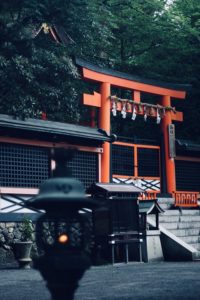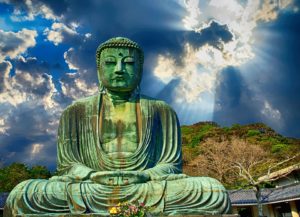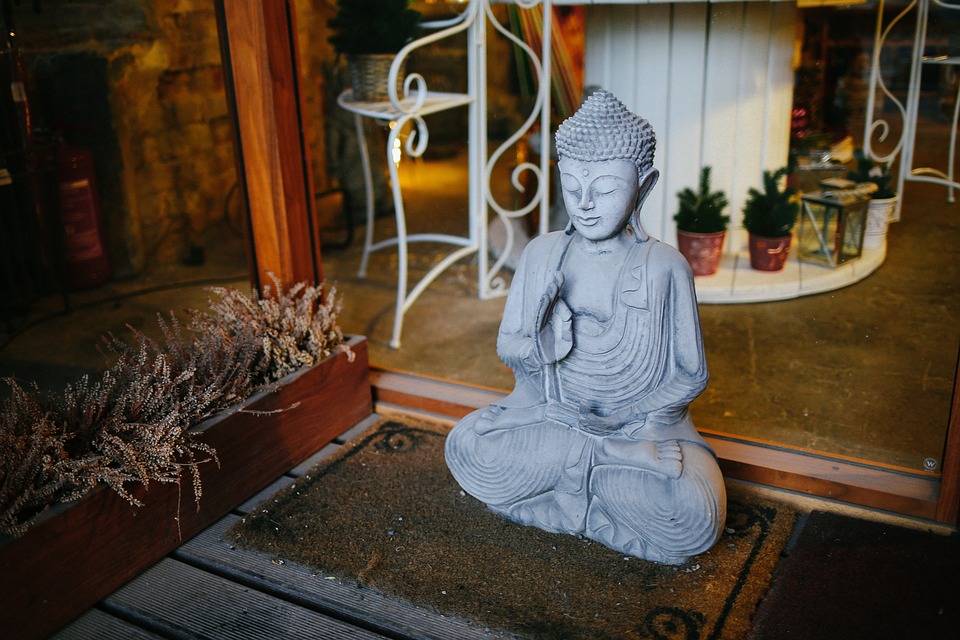In western culture, a good majority of the population does not have a clue about eastern spirituality. There are many different religions in eastern culture; the focus of this article is Shinto and Zen Buddhism. Described below are the fundamental principles of both Shinto and Zen Buddhism, You will notice the differences and similarities between the two forms of spirituality.
Shinto
Shinto is distinctly Japanese and its focus is to devote oneself to an invisible power and invisible beings called kami; Shinto also involves rituals and shrines. Unlike other religions, Shinto is more localized and people are concerned with their local shrines. A lot of practitioners have their own small shrine in their home. Also unlike other religions, Shinto does not try and explain the meaning of life and how the world came into existence, it is about how to use rituals to communicate with the kami. The Japanese think of Shinto more as a lifestyle than a religion.
Kami, Shrines, and Rituals of Shinto
The kami are spiritual beings that typically want humans to be pleased and happy. They are not to be considered gods and instead are beings that reward humans that show interest in them. They are not all-powerful and can even make mistakes, some are good and some are evil. They reward humans who pay interest in them by bestowing gifts such as better health, success in business, or better test scores. How they bestow their gifts is with their life-giving power called musubi and with a truthful will called Makoto.
 The shrines of Shinto, also called jinja, are sacred places where the kami live. They also show the nature of the kami and its power. In Japan, there is at least one shrine in every district, town or village which is dedicated to the kami that occupies the local area surrounding it. The shrines can be a building or something natural like a mountain, rock, tree or stream. These shrines are considered sacred and are places of beauty and serene calm. Most shrines are taken care of and managed by a group of priests named Kannushi.
The shrines of Shinto, also called jinja, are sacred places where the kami live. They also show the nature of the kami and its power. In Japan, there is at least one shrine in every district, town or village which is dedicated to the kami that occupies the local area surrounding it. The shrines can be a building or something natural like a mountain, rock, tree or stream. These shrines are considered sacred and are places of beauty and serene calm. Most shrines are taken care of and managed by a group of priests named Kannushi.
The Rituals of Shinto are more concerned with doing the ritual correctly over the meaning behind the ritual. The purpose of the ritual is to strengthen the relationship with the kami and the community. Not only is there benefit from performing the ritual, one gains the favor of the kami by watching others perform the ritual. The ritual helps those performing and watching, letting them feel connected to the past. The longer the ceremony is performed the more powerful gift the kami can bestow. The ritual must be done correctly to gain the favor of the kami and you do not even have to understand the meaning of the ritual.
Zen Buddhism
Zen Buddhism originated in China, spread to Korea and then Japan, It became popular in western cultures in the middle of the 20th century. Zen Buddhism is a combination of Taoism and Indian Mahayana Buddhism; it is compatible with other religions to help find enlightenment. Zen means meditation, the act of Zen is to try and understand the meaning of life without being distracted by words or logic.
 Zen requires discipline and practice. Basically, Zen Buddhism is the thought that all humans are Buddha, and that they need to learn that self-truth. Zen Buddhism requires you to look inside yourself for enlightenment and no ritual or studying will help with this. To become enlightened you must first control your mind and body in the form of meditation.
Zen requires discipline and practice. Basically, Zen Buddhism is the thought that all humans are Buddha, and that they need to learn that self-truth. Zen Buddhism requires you to look inside yourself for enlightenment and no ritual or studying will help with this. To become enlightened you must first control your mind and body in the form of meditation.
Zen Explained
Zen is hard for western minds to understand, the typical western mind is logical and rational which is the antithesis of Zen. Zen is to focus inwardly to find enlightenment without using your intellect. Zen points to the truth before you start thinking. It is about intuitive understanding and not philosophizing. Zen is about understanding that things are what they are and to not try and understand why. Zen is meditation and not a philosophy or religion. Zen is about being alive, and to become the Buddha you must have self-knowledge. Zen is about the practice of meditation for self-enlightenment and not about scripture or thought.





